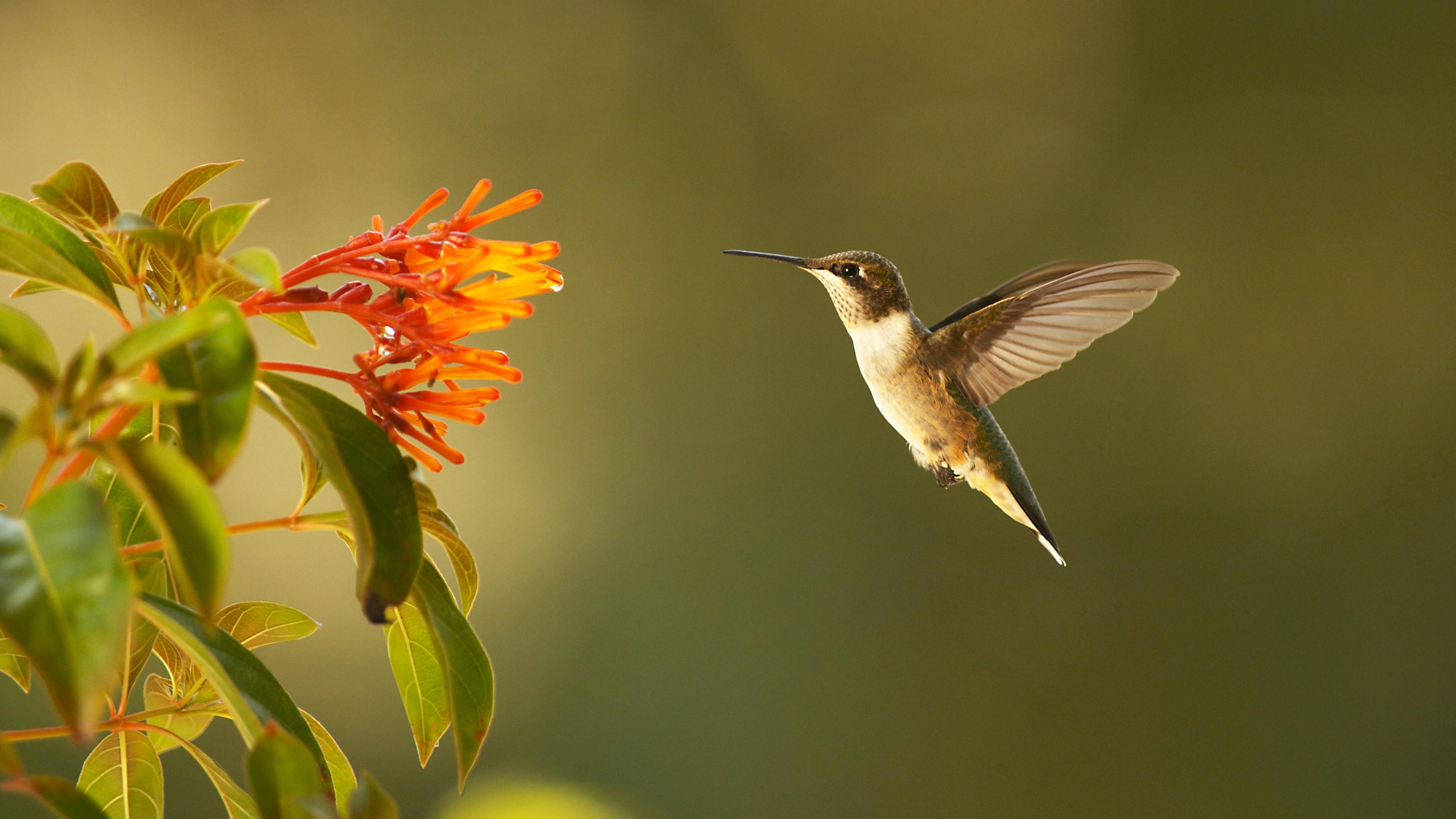Hummingbirds are so agile and have such good control that they can fly backwards

Hummingbirds: Masters of Agile Flight

Hummingbirds are often hailed as the acrobats of the avian world, known for their incredible agility and unrivaled flying skills. These tiny birds, found only in the Americas, possess a unique ability that sets them apart from other species - they can fly backwards! With such maneuverability and control, hummingbirds have mastered the art of defying gravity, captivating and astonishing bird enthusiasts and researchers alike.
The remarkable skill of flying backwards is made possible by several factors that contribute to the hummingbirds’ unparalleled flight capabilities. Their wings can rotate almost 180 degrees, allowing them to fly in all directions effortlessly. This agility enables them to navigate through dense foliage, hover mid-air, and access nectar sources located in hard-to-reach places such as deep within flowers. To achieve such finesse in flight, hummingbirds have evolved certain physical features and behaviors that maximize their ability to fly in reverse.

One essential component of their flight mastery lies in their wing structure. Hummingbirds possess long, narrow wings with a high aspect ratio, meaning their wings are longer and more slender compared to their overall body size. This design allows for greater lift and maneuverability, making it easier for them to make sharp turns and fly backwards. Furthermore, their wings can beat at an incredibly rapid rate, reaching up to a remarkable 80 beats per second. This rapid wing motion, almost invisible to the naked eye, generates the necessary lift and thrust required for their agile flight maneuvers.
Additionally, hummingbirds have highly developed pectoral muscles that power their wing movement. These muscles make up a significant portion of their body weight, providing them with the strength and endurance required for their high-energy flight. To maintain their astonishing flying skills, hummingbirds possess a unique metabolism that allows them to process large amounts of glucose into energy rapidly. This specialized metabolic process ensures that they can sustain their relentless wing motion, even during long migratory journeys.
Moreover, hummingbirds have an exceptional control system that enables precise flight adjustments. They possess excellent vision, enabling them to detect obstacles and adjust their flight path accordingly. Their sharp eyesight allows them to navigate through complex environments with ease and avoid potential threats while flying in reverse. Additionally, hummingbirds have well-developed proprioception, a sense that allows them to perceive their body position and movements accurately. This heightened sense of proprioception aids in maintaining balance and control during complex aerial maneuvers.
In conclusion, the extraordinary ability of hummingbirds to fly backwards highlights their exceptional flight skills and remarkable adaptations. These agile birds have evolved over millions of years to possess the anatomical and physiological traits necessary for such precise aerial maneuvers. It is an awe-inspiring sight to witness their graceful flight as they effortlessly reverse their direction mid-air. The fascinating world of hummingbirds continues to captivate researchers and nature enthusiasts alike, reminding us of the incredible diversity and adaptability found in the animal kingdom.
Source: theyare-superbirds-hummingbirds-can-fly-backwards-upside-down-and-float-in-mid-air
Related Posts
Quick Links
Legal Stuff

